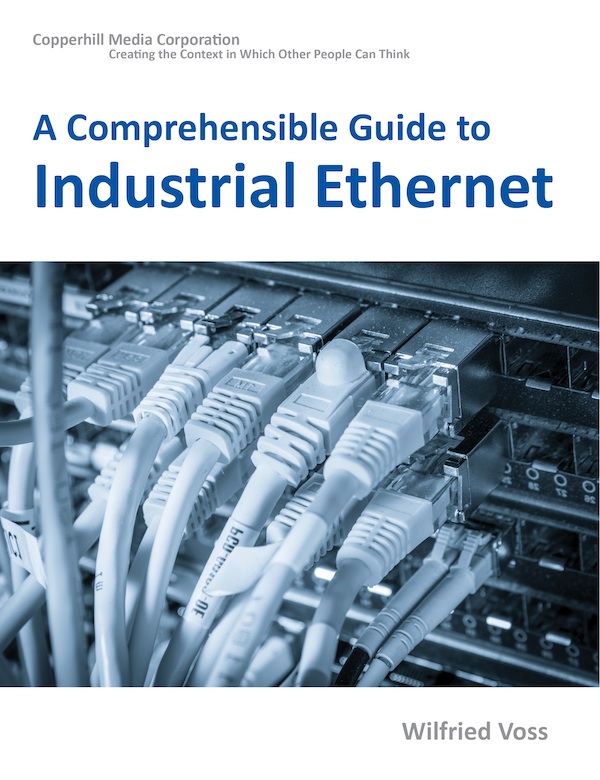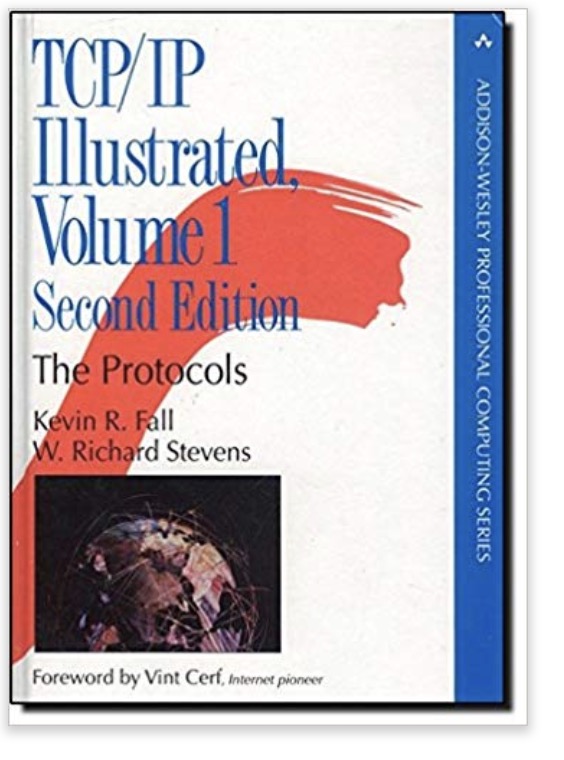Recent Posts
Industrial Ethernet Guide - Limitations Of Ethernet
Posted by on

The following is part of A Comprehensible Guide to Industrial Ethernet by Wilfried Voss.
There are, in fact, only few limitations to Ethernet as a standard networking technology, and those that exist can be rectified easily.
There are practical limits to the size (physical network length, number of devices) of a complete Ethernet network that shares a single cable.
The primary concern is the physical length, meaning there is a limitation to the maximum distance between two nodes, called the Network Diameter. For instance, the Ethernet TCP/IP communication according to IEEE 802.3 supports 100 Mbit/sec over distances of 100 meters (~300 feet) between two devices (100BaseTx).
While electrical signals propagate very quickly through the cable, they weaken as they travel, and electrical interferences from other devices (e.g. motors, electrical valves) can diminish the signal quality. Thus, to assure proper communication, a network cable must be short enough to guarantee that nodes at opposite ends of the network can receive signals without distortion and with minimal delay.
Also, there are limits to the number of devices that can coexist in a single-cable network, since CSMA/CD allows only a single device to transmit at a given time. When too many devices are attached to one shared segment, the contention for the medium will increase, and devices may have to wait an intolerably long time before having a chance to transmit.
Note: In the worst-case scenario, when message collisions occur continuously, nodes (i.e., Ethernet network adapters) will dump the message frame and will not attempt a re-transmission.
However, the market provides many network devices to alleviate the issues at hand.
TCP/IP Illustrated, Volume 1: The Protocols
TCP/IP Illustrated, Volume 1, Second Edition, is a detailed and visual guide to today’s TCP/IP protocol suite. Fully updated for the newest innovations, it demonstrates each protocol in action through realistic examples from modern Linux, Windows, and Mac OS environments. There’s no better way to discover why TCP/IP works as it does, how it reacts to standard conditions, and how to apply it in your applications and networks.
Building on the late W. Richard Stevens’ classic first edition, author Kevin R. Fall adds his cutting-edge experience as a leader in TCP/IP protocol research, updating the book to reflect the latest protocols and best practices fully. He first introduces TCP/IP’s core goals and architectural concepts, showing how they can robustly connect diverse networks and support multiple services running concurrently. Next, he carefully explains Internet addressing in both IPv4 and IPv6 networks. Then, he walks through TCP/IP’s structure and function from the bottom up: from link layer protocols–such as Ethernet and Wi-Fi–through the network, transport, and application layers.
 Loading... Please wait...
Loading... Please wait...

